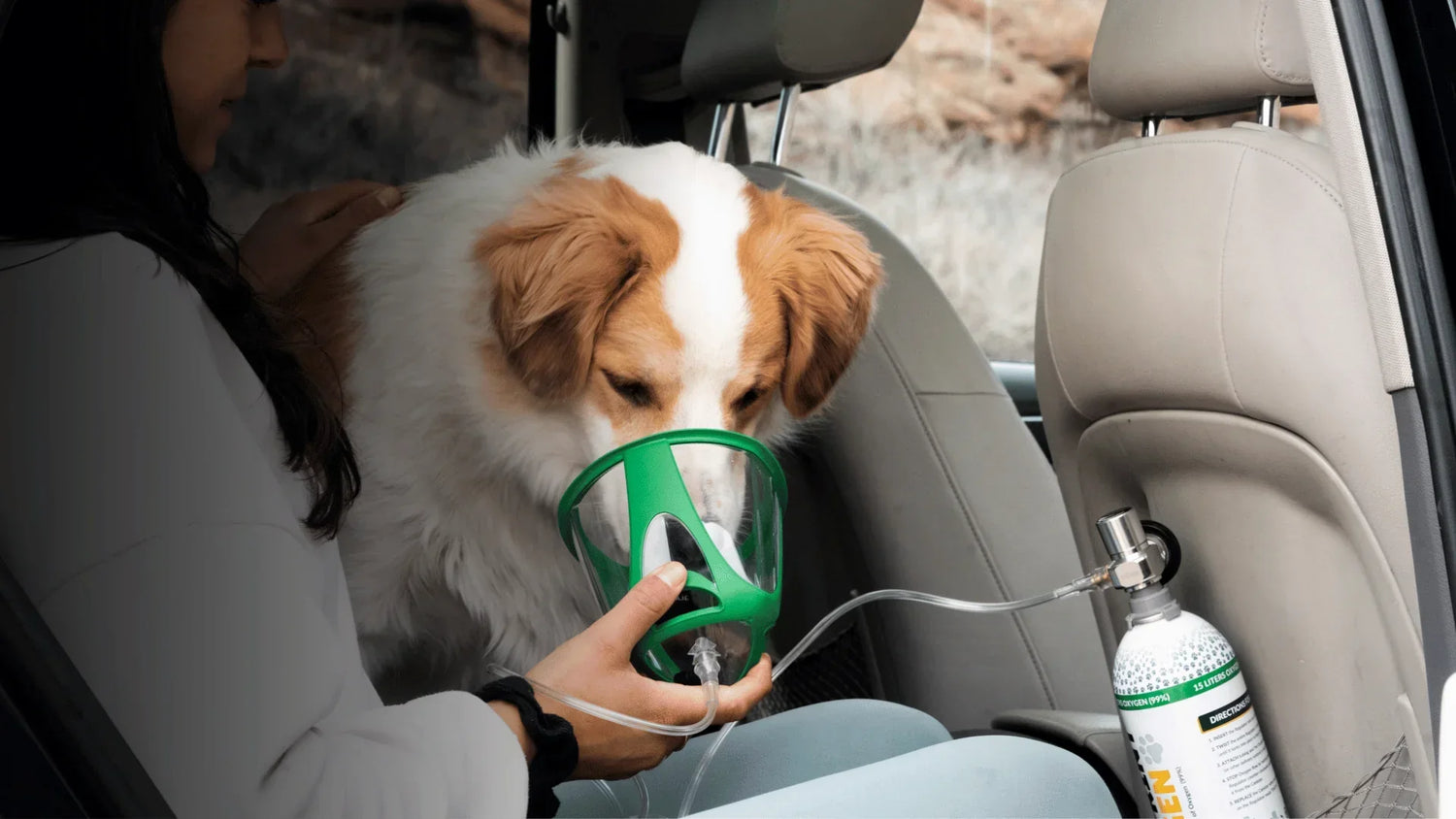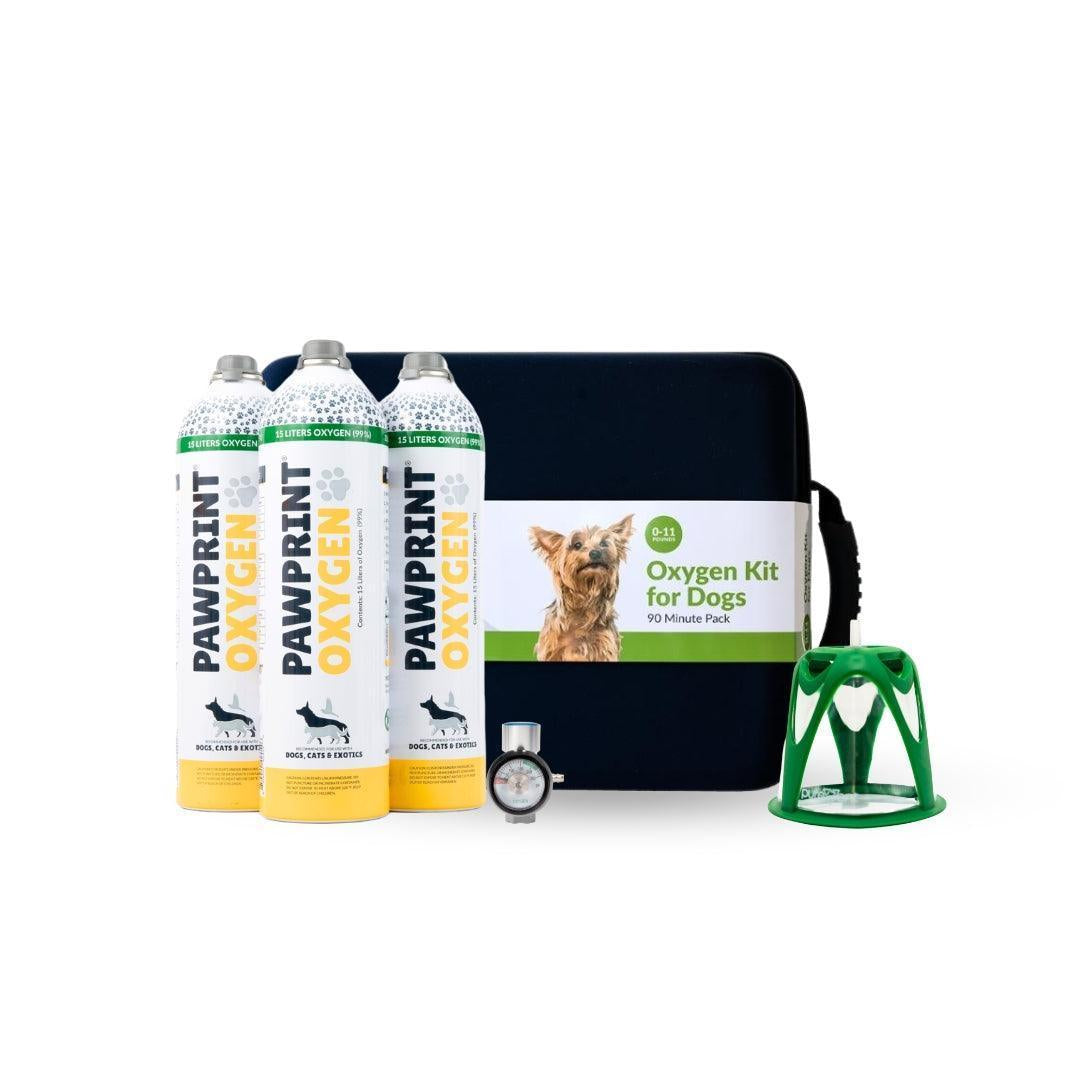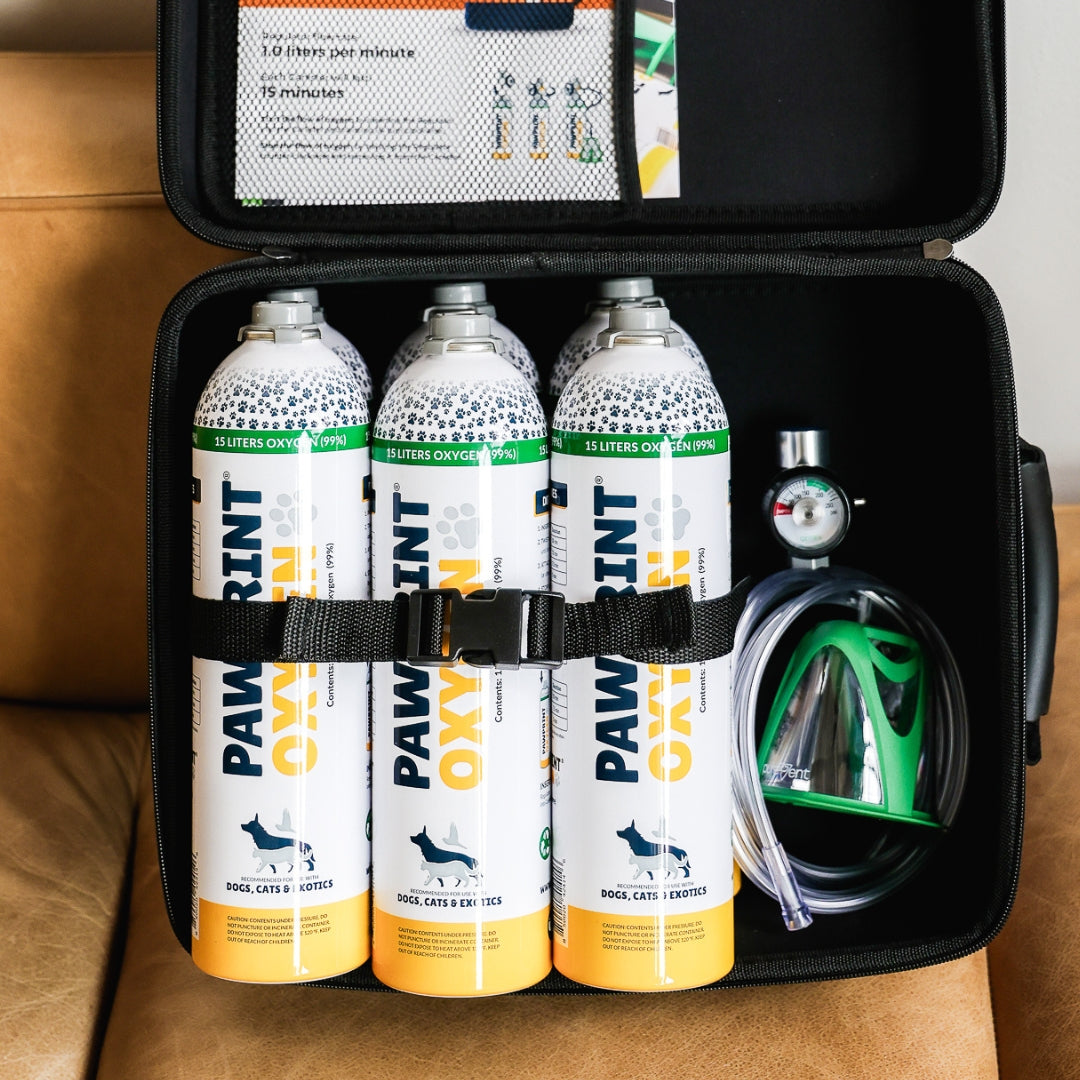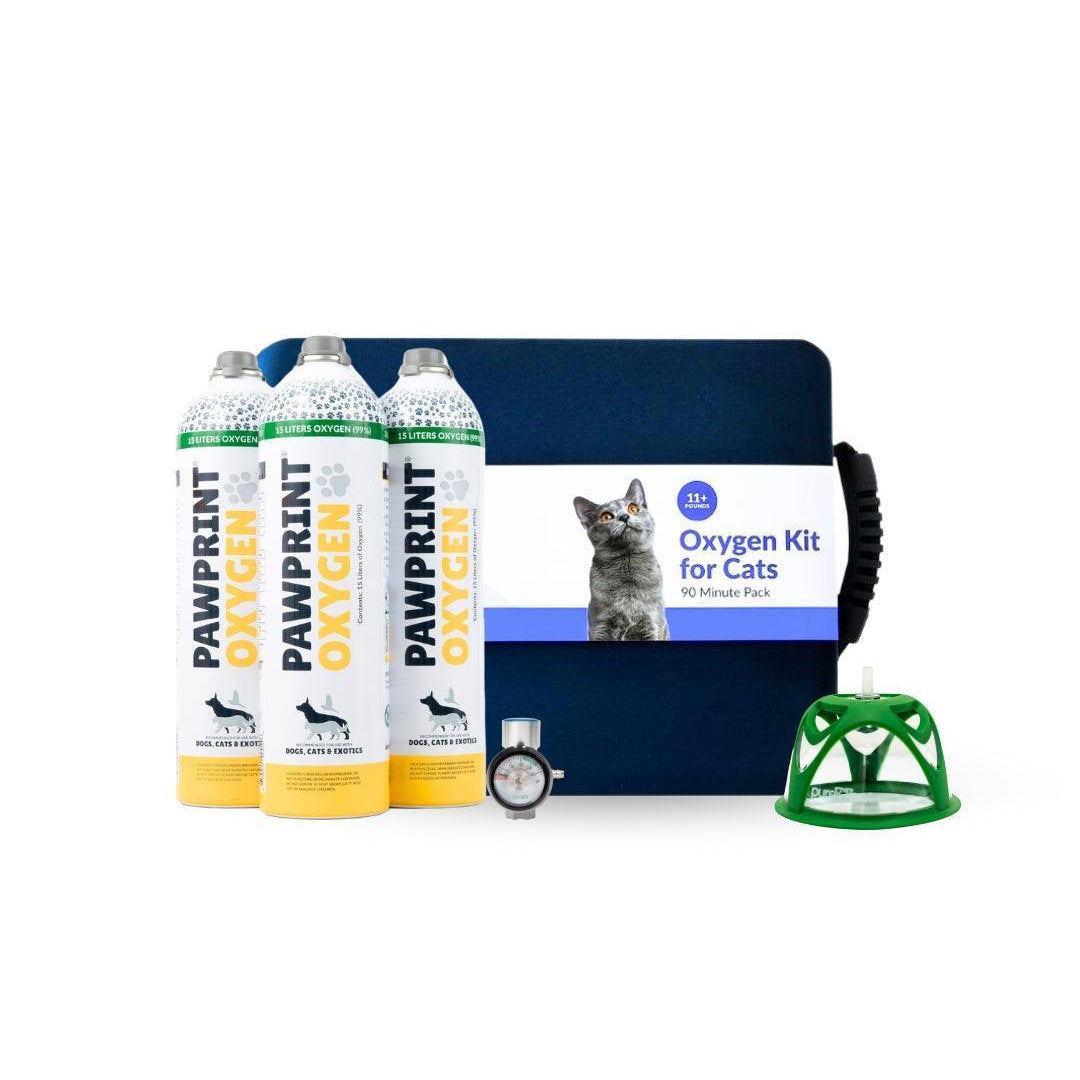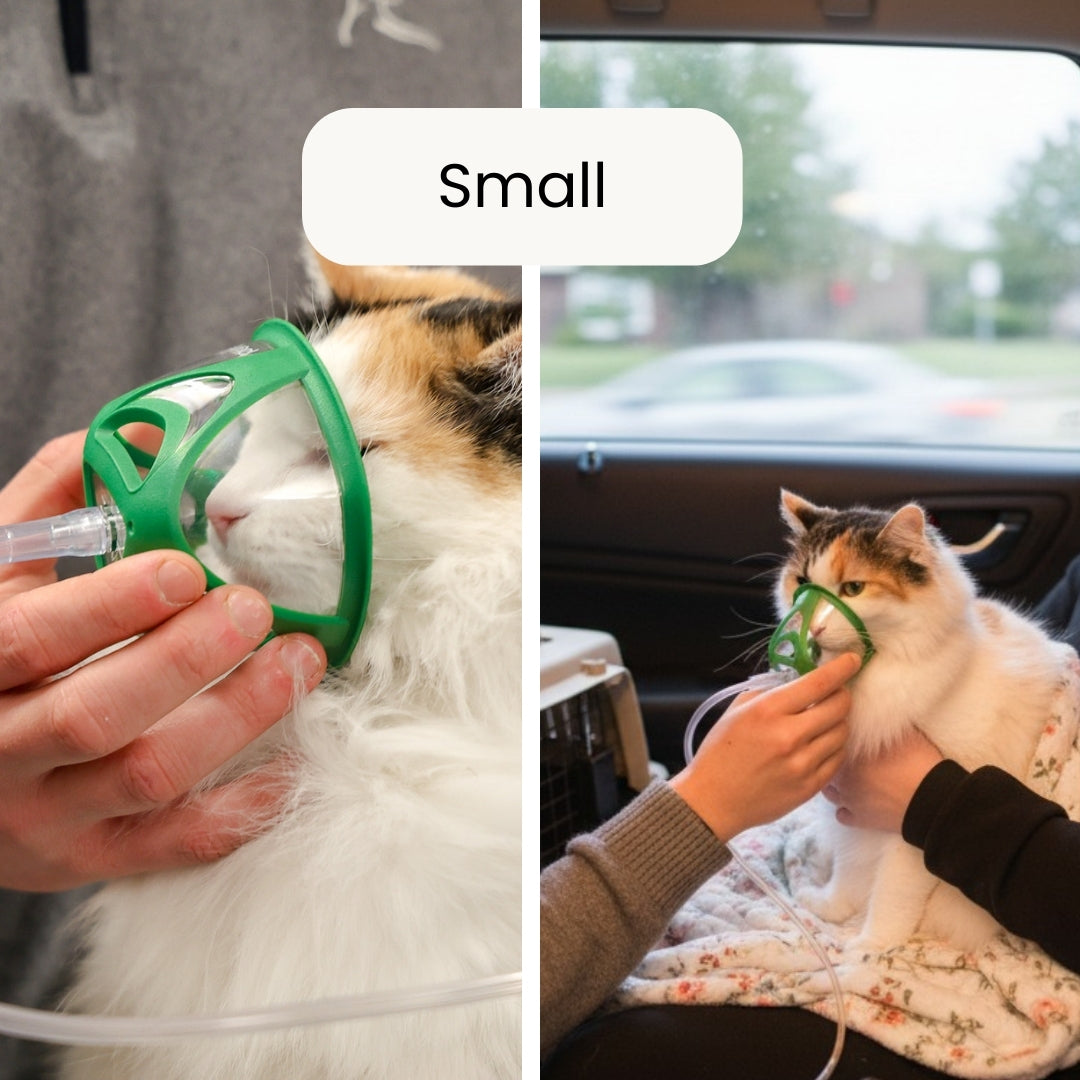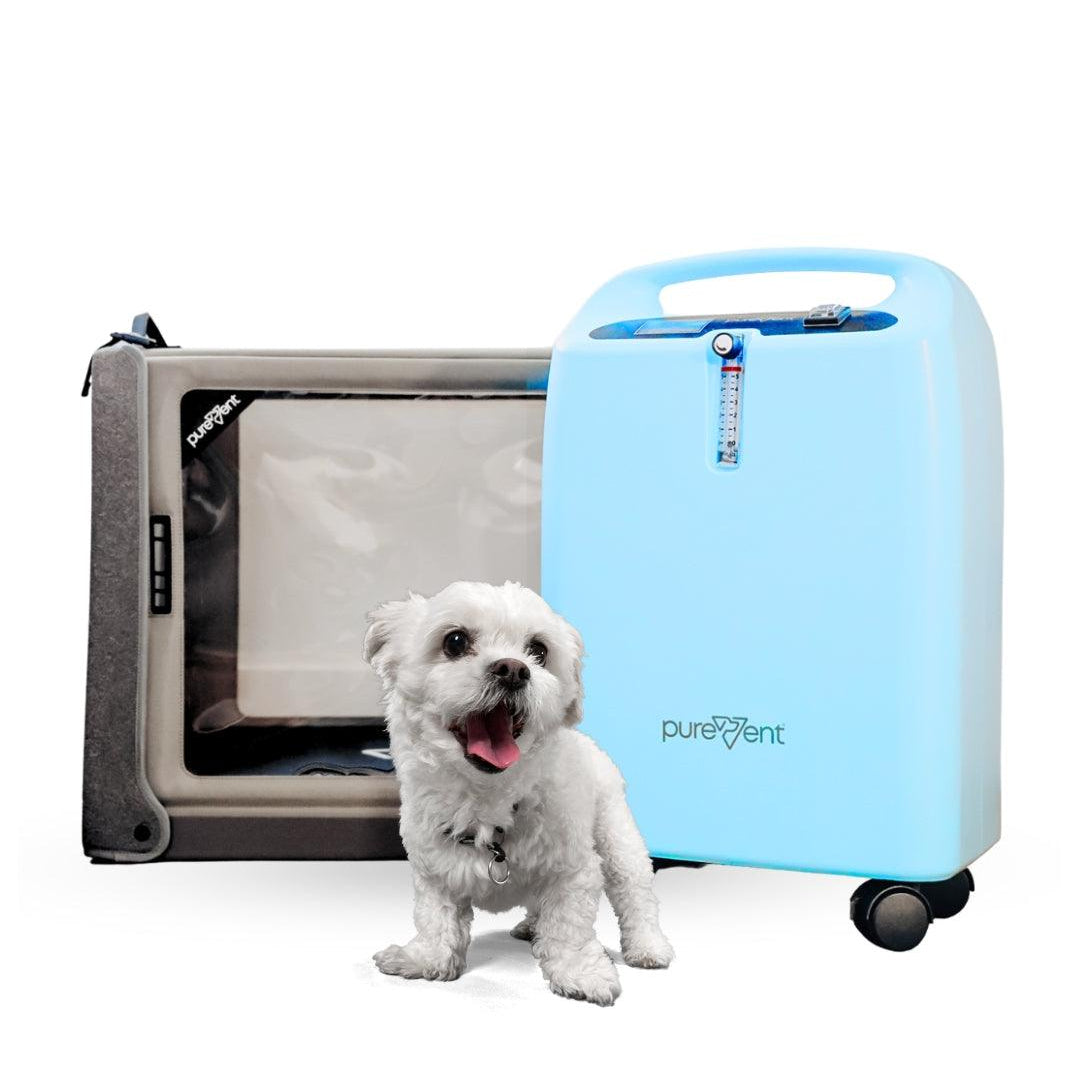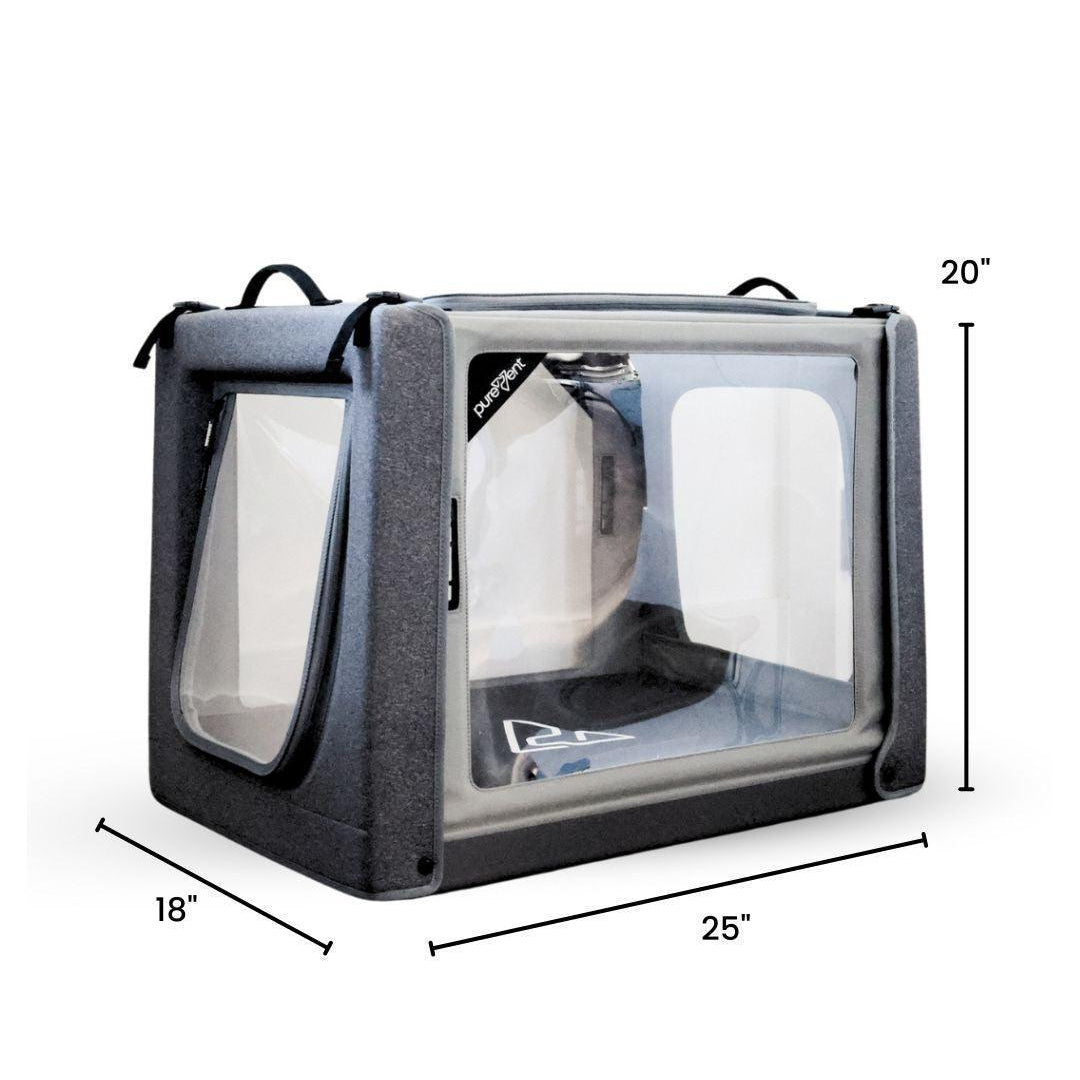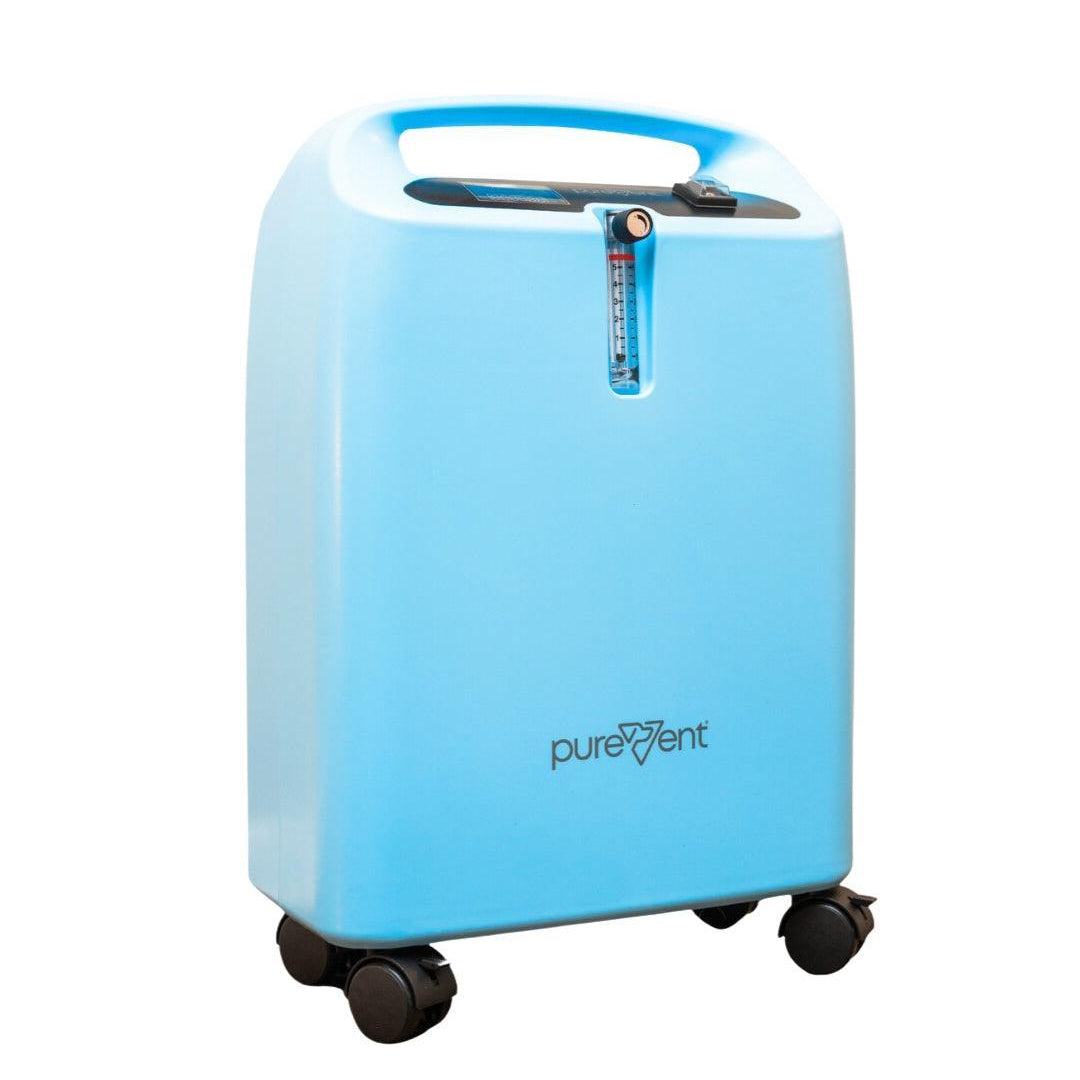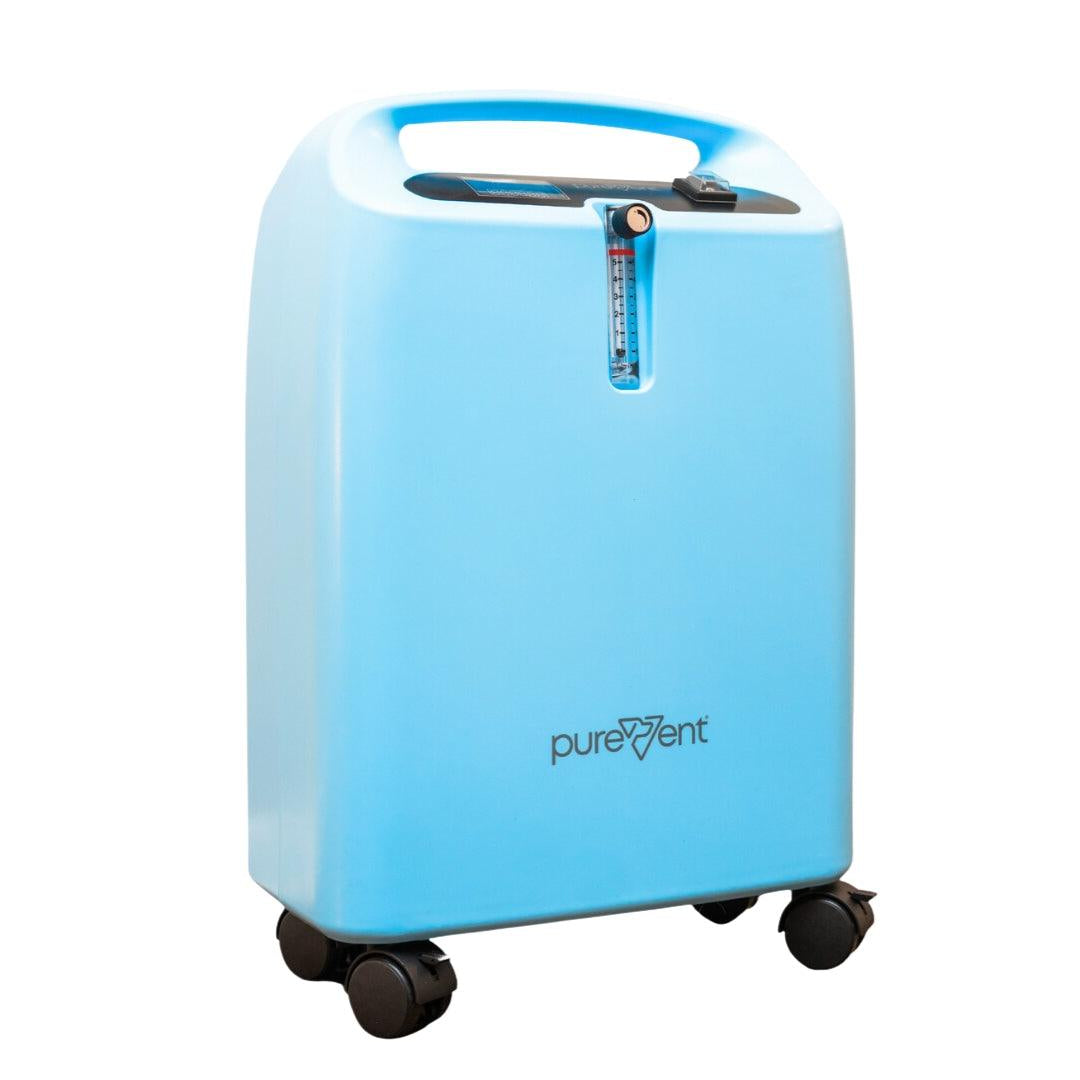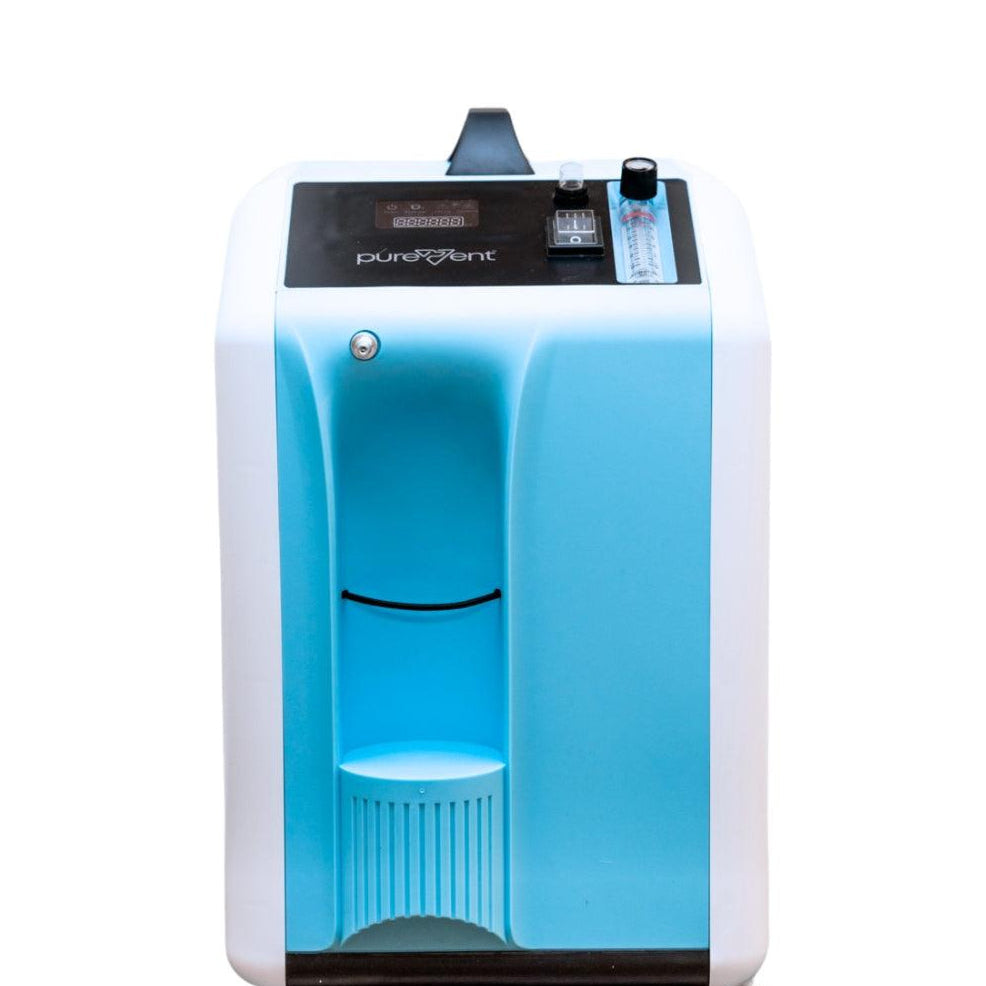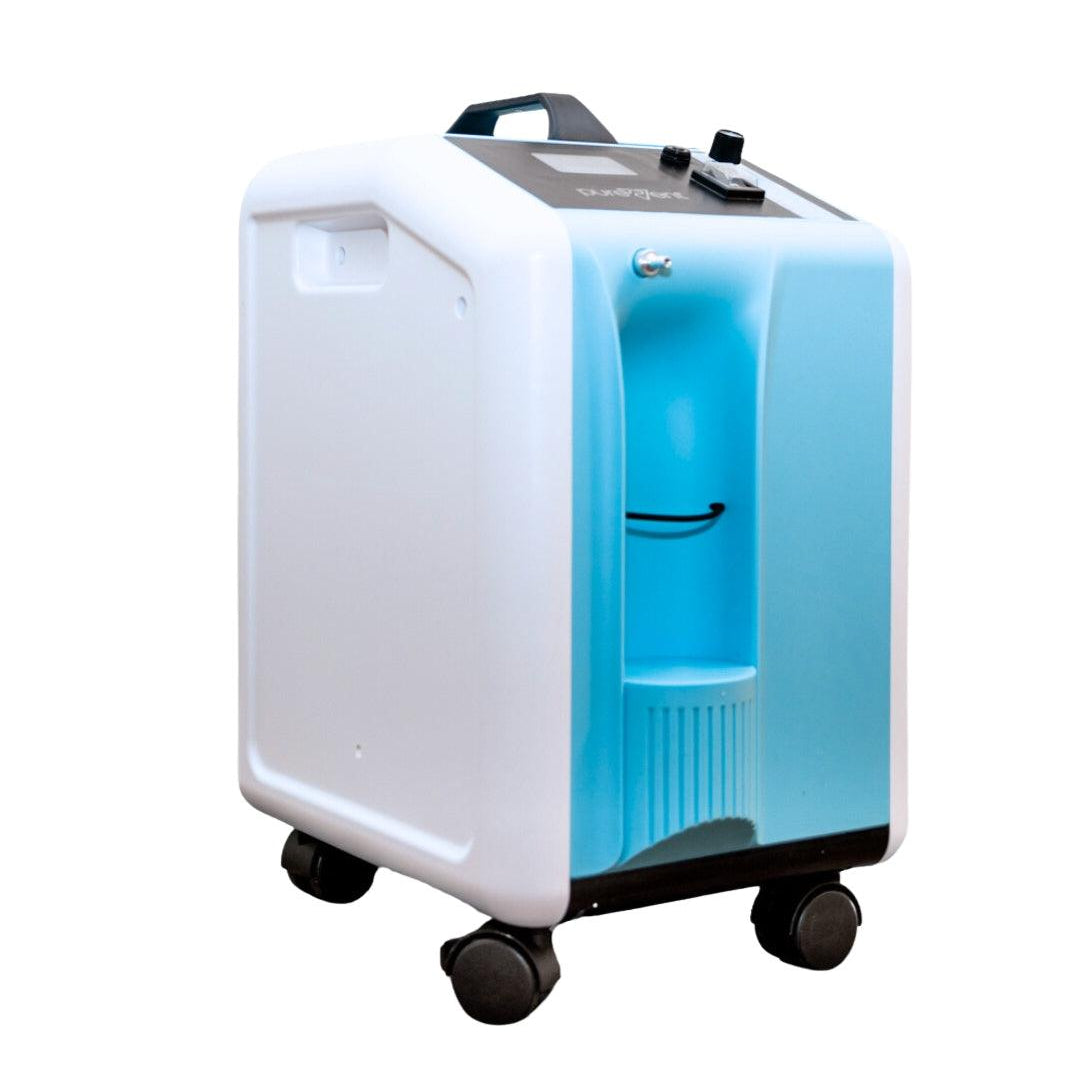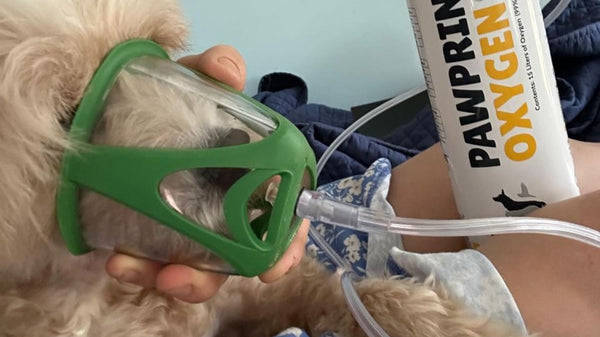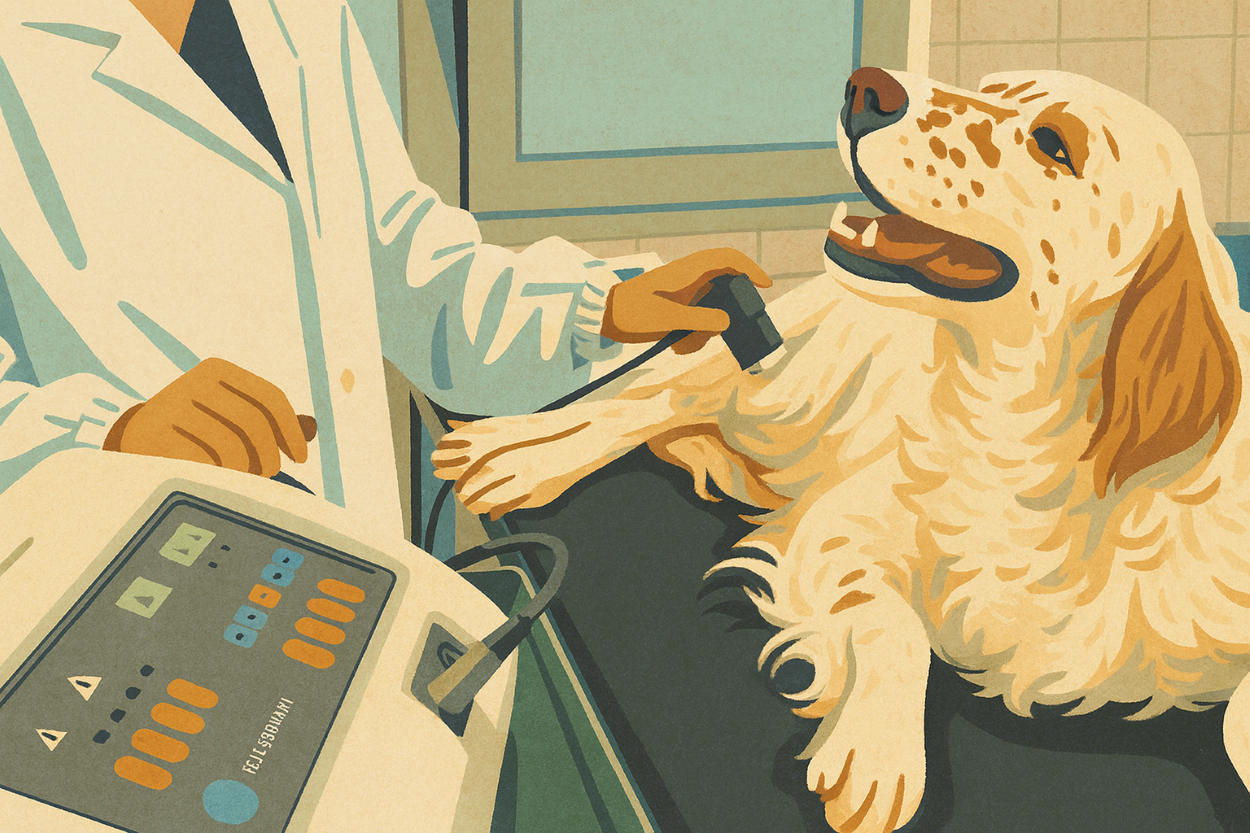The recent outbreak of acute Canine Infectious Respiratory Disease (aCIRD) has garnered attention across multiple states, raising concerns among pet owners and veterinarians alike. Unlike typical CIRD cases, which are often linked to known pathogens, the aCIRD outbreak has a concerning, unidentified cause and exhibits unique symptoms that differ from standard respiratory illnesses in dogs.
As this disease continues to spread, awareness of the symptoms, risks, and preventive measures is crucial for pet owners. By understanding the current developments and taking proactive steps, owners can help safeguard their dogs against this potentially serious illness.
What is aCIRD?
Acute Canine Infectious Respiratory Disease, or aCIRD, is a newly identified respiratory condition affecting dogs and is part of a broader family of infectious respiratory diseases in canines. However, aCIRD is distinguished by its unusual severity, prolonged symptoms, and resistance to typical treatment approaches, setting it apart from the more common Canine Infectious Respiratory Disease (CIRD), also known as Kennel Cough.
While CIRD cases typically involve mild to moderate symptoms such as coughing, sneezing, and nasal discharge that are resolved with supportive care, aCIRD presents a more aggressive form of infection. Dogs affected by aCIRD may experience severe coughing, labored breathing, fever, and, in some cases, significant lethargy that can last for weeks. Furthermore, unlike standard CIRD, which often responds well to standard antibiotics and supportive care, aCIRD cases have shown limited improvement with conventional treatments, making recovery difficult and increasing the risk of complications.
Understanding these distinctions is critical for pet owners and veterinarians to recognize the signs of aCIRD early and seek prompt, specialized care, particularly if a dog’s symptoms appear prolonged or resistant to initial treatment.

Current Situation and Affected Areas
The aCIRD outbreak has continued to spread across multiple states, with notable clusters of cases reported in regions such as Oregon and North Carolina. These areas have seen higher-than-usual outbreaks, sparking concern among veterinarians, pet owners, and animal shelters as the cases mount. Although specific case numbers are still emerging, several veterinary clinics and animal shelters in these states report a significant increase in dogs presenting with severe respiratory symptoms consistent with aCIRD.
In response to the aCIRD outbreak, local shelters and animal welfare authorities have implemented preventive measures to help contain the spread. Many shelters are temporarily halting intakes, postponing adoptions, or requiring respiratory screenings before admitting new animals. Some states have issued advisories recommending that dog owners avoid crowded areas, such as dog parks or boarding facilities, where the risk of transmission is higher. Veterinary professionals are urging pet owners to stay informed, recognize early symptoms, and seek immediate veterinary attention if their dogs show signs of respiratory distress.
Symptoms of aCIRD
The symptoms associated with aCIRD are more severe and persistent than those typically observed with standard kennel cough or other forms of CIRD.
Dogs affected by aCIRD often exhibit a range of intense symptoms, including:
- Persistent Harsh Cough: A prolonged and forceful cough is one of the primary signs of aCIRD. Unlike the mild cough associated with typical kennel cough, this cough can persist for weeks and often doesn’t respond well to common treatments.
- Fever: Dogs with aCIRD may develop a moderate to high fever, which indicates a more serious underlying infection. Monitoring the fever is essential, as it can signal the need for prompt veterinary care.
- Lethargy: Affected dogs frequently display a marked decrease in energy and may be unusually tired or reluctant to engage in normal activities. This lethargy often persists longer than expected in routine respiratory cases.
- Difficulty Breathing (Dyspnea): Breathing difficulties, including rapid, shallow, or labored breathing, are common in dogs with aCIRD. Some may exhibit wheezing or signs of respiratory distress that can worsen with activity.
These symptoms tend to last longer and exhibit a greater intensity than those seen with kennel cough, making early identification and intervention critical. Pet owners should remain vigilant and seek veterinary care if their dog’s symptoms escalate, are unresponsive to initial treatment, or extend beyond the typical duration for a respiratory illness.

How does aCIRD spread among dogs, and can it affect other animals or humans?
aCIRD spreads among dogs primarily through respiratory droplets, much like kennel cough or canine flu. When an infected dog coughs, sneezes, or breathes heavily, it releases droplets containing the aCIRD pathogens. Other dogs can contract the illness by inhaling these droplets or through direct contact with contaminated surfaces (such as food bowls, toys, or bedding) and close interaction with infected dogs. Transmission hotspots include areas of high dog interaction, like kennels, dog parks, boarding facilities, and daycare centers.
Currently, aCIRD appears to be canine-specific, showing no evidence of spreading to other animals or humans. However, since the cause of this outbreak remains unknown, scientists are vigilantly monitoring for any potential zoonotic (animal-to-human) risks, although this risk is considered low.
What treatments are available if my dog contracts aCIRD?
Treatment for aCIRD focuses on supportive care to manage symptoms and boost the immune system.
Key approaches include:
- Rest and Isolation : Isolate infected dogs and limit activity to conserve energy.
- Hydration and Nutrition : Ensure proper hydration and provide nutrient-rich, easy-to-eat foods.
- Symptom Management : Use cough suppressants or anti-inflammatories as needed.
- Antibiotics : Prescribed if secondary bacterial infections are suspected.
- Respiratory Support : Oxygen therapy for severe cases; nebulization and humidifiers to ease breathing.
- Antiviral Medications : Used if a viral cause is confirmed or suspected.
Due to the unknown cause of aCIRD, early veterinary consultation and adherence to prescribed treatments are crucial for the best outcome.
What changes should I make to my dog's routine during an aCIRD outbreak?
To protect your dog during an aCIRD outbreak, adjust their routine:
- Limit Social Interactions : Avoid dog parks, daycare, and playdates.
- Walk Cautiously : Choose less crowded areas for shorter, leashed walks.
- Enhance Hygiene : Clean pet items regularly and practice good hand hygiene.
- Monitor Health : Watch for respiratory symptoms daily.
- Indoor Enrichment : Provide mental stimulation with toys and games.
- Support Immunity : Consult your vet about immune-boosting diet options.
- Prepare for Illness : Have symptom management supplies ready.
- Maintain Vaccinations : Keep core vaccines up-to-date to prevent complications.
These steps can help protect your dog and provide support during the outbreak.
Potential Causes and Ongoing Research of aCIRD in Dogs
The cause of aCIRD remains unknown, adding a layer of urgency to the efforts of veterinary researchers who are working to uncover the pathogen, or combination of pathogens, responsible for the outbreak. Unlike typical cases of CIRD, which are often attributed to well-documented bacteria or viruses such as Bordetella bronchiseptica or canine parainfluenza virus, aCIRD has shown resistance to standard treatments, suggesting a novel or particularly virulent cause.
Leading veterinary research laboratories across the country are investigating potential culprits behind aCIRD. Some researchers suspect that a previously unidentified virus or bacterial strain may be at play, potentially a mutation of a common pathogen that has developed new characteristics. Others are exploring the possibility of a co-infection, where a combination of pathogens exacerbates symptoms and extends recovery times. Genetic sequencing and pathogen isolation efforts are underway to determine if a single new organism or a complex interaction of familiar pathogens is involved.
These studies aim not only to pinpoint the underlying cause of aCIRD but also to guide the development of targeted treatments and preventive measures. As more data becomes available, veterinary professionals hope to identify specific risk factors and control strategies that can help curb the spread and severity of aCIRD in affected regions.
Steps Pet Parents Should Take If Their Dog Shows Symptoms of aCIRD:
Seek Prompt Veterinary Care: If your dog begins exhibiting symptoms of aCIRD, such as persistent coughing, fever, lethargy, or difficulty breathing, consult your veterinarian as soon as possible. Early intervention can make a significant difference, helping to address symptoms before they escalate and supporting better recovery outcomes.
Isolate Your Dog: Because aCIRD is highly contagious, isolate any affected pets to minimize contact with other dogs, both at home and in public spaces. Avoid visiting dog parks, daycare facilities, or other places where respiratory infections can easily spread until your dog is symptom-free and has been cleared by a veterinarian.
Monitor for Complications: Dogs with aCIRD may be at higher risk for secondary infections, such as pneumonia. Follow up with your veterinarian if symptoms persist or worsen, and adhere to any recommended diagnostic tests, such as chest X-rays, to monitor for potential complications.
Follow Your Veterinarian’s Care Plan Closely: Veterinary recommendations may include medications to alleviate symptoms or support recovery. Ensure that you follow dosing instructions and complete the full course of any prescribed medications, as stopping early can risk relapse or resistance to treatment.
Prioritize Follow-Up Care: Schedule follow-up visits to track your dog’s recovery and ensure no underlying complications remain. Prolonged respiratory illness can lead to lasting health effects, so ongoing monitoring can help address any issues that arise.
Preventive Measures
While there is currently no vaccine specifically for aCIRD in dogs, pet parents can still take important preventive steps to protect their dogs and reduce the risk of respiratory infections.
- Stay Up to Date on Vaccinations: Ensuring your dog is regularly vaccinated against common respiratory pathogens, like Bordetella, parainfluenza, and canine adenovirus, can provide a level of protection. While these vaccines may not prevent aCIRD directly, they help protect against other respiratory diseases that can weaken a dog’s immune system, potentially making them more susceptible to severe infections.
- Practice Good Hygiene: Frequent cleaning of shared spaces, food and water bowls, toys, and bedding can reduce the spread of infectious agents. This is particularly important in multi-dog households or if you care for dogs outside the home, such as in a daycare or boarding environment. Regularly disinfecting surfaces with pet-safe cleaners and washing items that your dog touches can make a big difference in minimizing potential exposure.
- Minimize Exposure to Crowded Areas: During outbreaks, it’s wise to avoid high-density dog areas like parks, daycare facilities, and boarding kennels, where infectious diseases spread more easily. If possible, limit your dog’s interactions with unfamiliar dogs, especially in enclosed or poorly ventilated spaces.
By following these preventive measures, pet parents can help limit the spread of respiratory illnesses, including aCIRD, in their communities. Practicing good hygiene and keeping up with vaccinations support overall respiratory health, while minimizing exposure to crowded spaces can reduce the likelihood of contracting or spreading the disease.

What Are Experts and Authorities Doing?
In response to the ongoing aCIRD outbreak, veterinary professionals, researchers, and animal welfare organizations have ramped up efforts to better understand and control the spread of this concerning disease. Here’s an overview of the actions and initiatives currently underway:
Veterinary Research and Surveillance
Veterinary research teams across the country are intensively studying the pathogen(s) behind aCIRD, conducting genetic analysis, and tracking outbreak patterns to understand the disease’s progression and spread. Labs are working to isolate the causative agent, with the goal of identifying whether it’s a new virus, bacteria, or a co-infection. Surveillance efforts are also helping pinpoint regions most affected, guiding local responses and resource allocation.
Updated Guidelines and Recommendations
Veterinary authorities and associations have issued guidelines for veterinarians, shelters, and pet parents. Recommendations include enhanced screening protocols, isolation practices for symptomatic dogs, and stricter sanitation measures in high-risk environments like shelters and boarding facilities. Some local health authorities are advising against large gatherings of dogs in areas experiencing active outbreaks to help curb transmission.
Development of Potential Treatments and Vaccines
While no specific treatment or vaccine exists for aCIRD, researchers are actively exploring options. Some studies are evaluating antiviral medications or novel antibiotics to find effective therapeutic approaches for managing severe symptoms. Additionally, vaccine research is in early stages as labs work to identify the pathogen; once identified, they can begin formulating a targeted vaccine. Experts are optimistic that these efforts could lead to more effective preventive options for future cases.
The combined efforts of veterinarians, researchers, and authorities aim to contain the current outbreak while also working toward solutions that could prevent or mitigate future occurrences. By staying updated on these developments, pet owners and veterinary professionals can play a role in supporting containment efforts and protecting the health of dogs nationwide.
Protecting Your Dog’s Health
The aCIRD outbreak presents a new and challenging respiratory threat to dogs, marked by its aggressive symptoms, prolonged recovery time, and unknown cause. With cases spreading across multiple states and showing resistance to conventional treatments, it’s essential for pet owners to be vigilant and informed. Recognizing symptoms like persistent coughing, fever, and difficulty breathing early on can make a significant difference in a dog’s recovery, especially when paired with prompt veterinary care and preventive measures, such as maintaining hygiene and avoiding crowded dog areas during the outbreak.
Pet owners are encouraged to consult their veterinarians with any concerns, as well as to stay informed through trusted sources on current developments. By following these steps and keeping up with guidelines from veterinary professionals, pet parents can play an active role in protecting their dogs’ health and supporting community efforts to control the spread of aCIRD.

